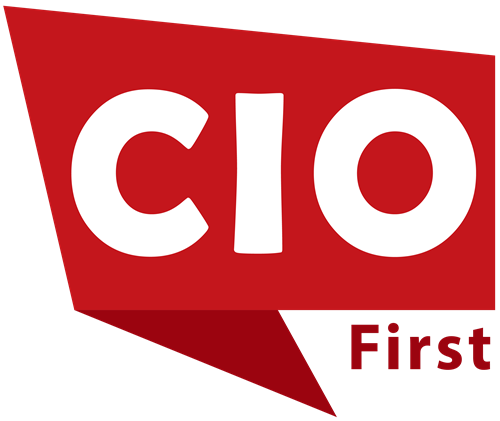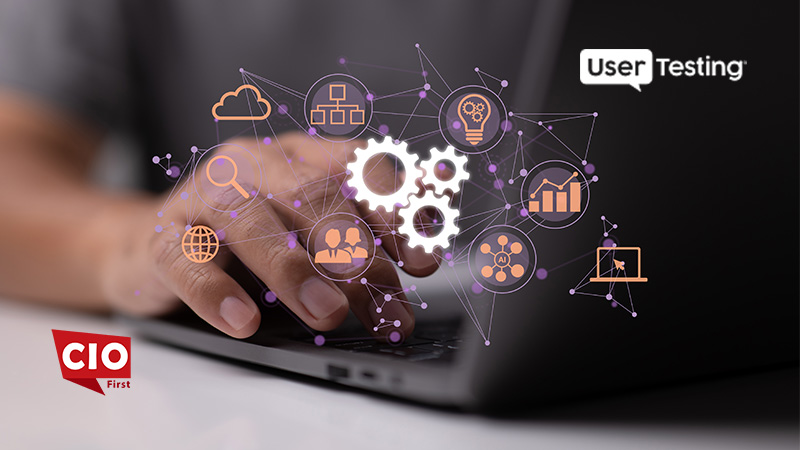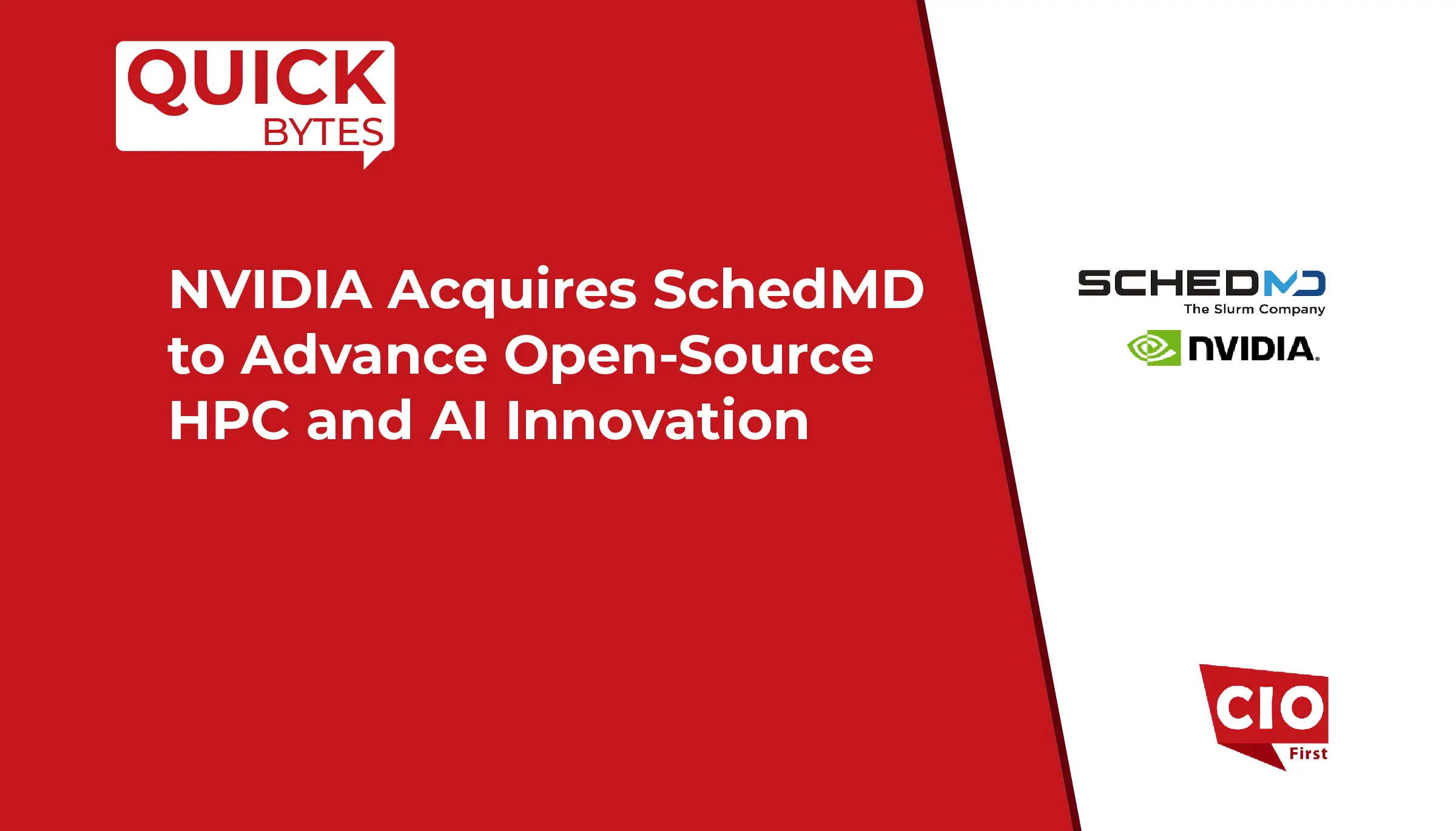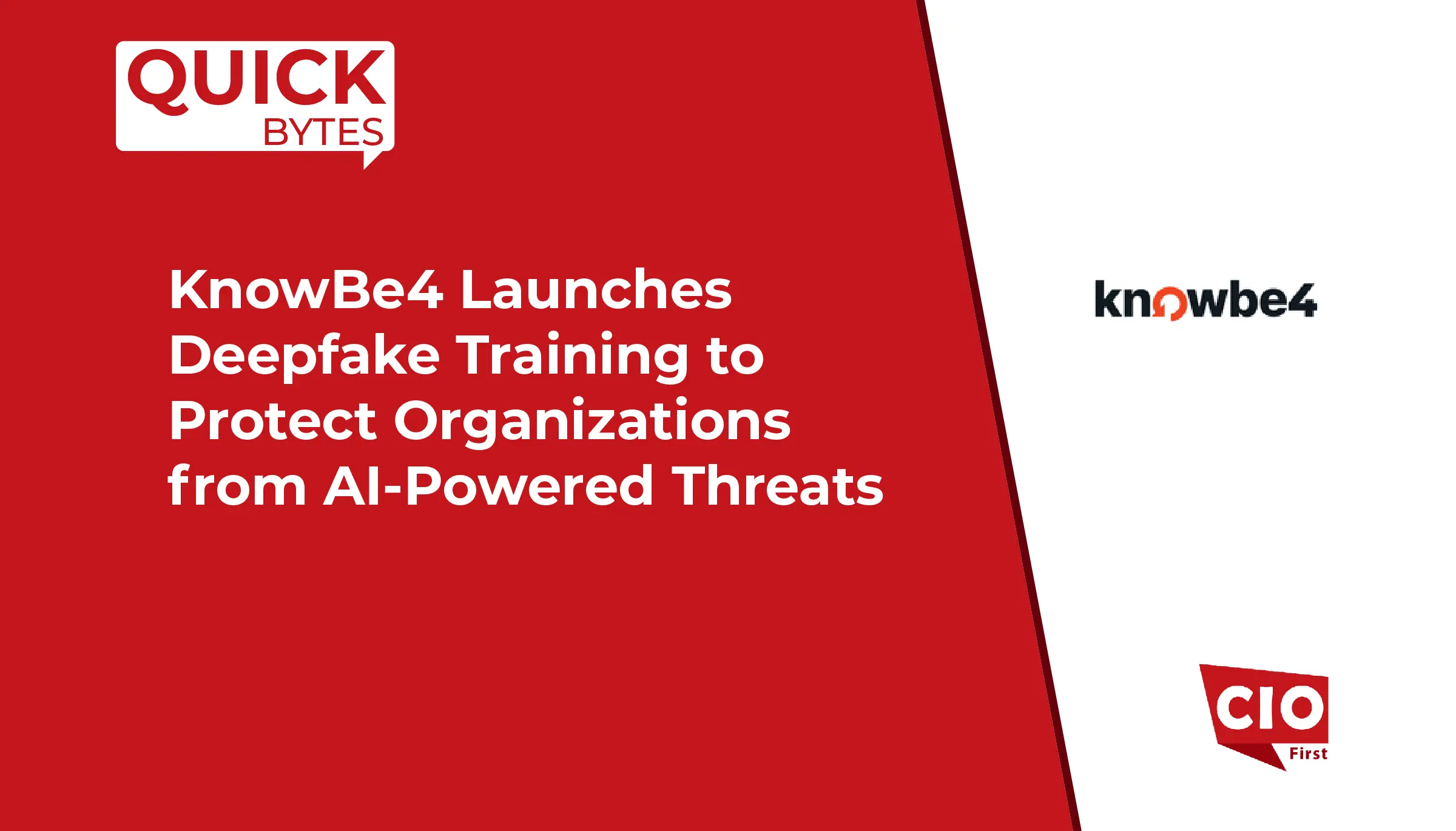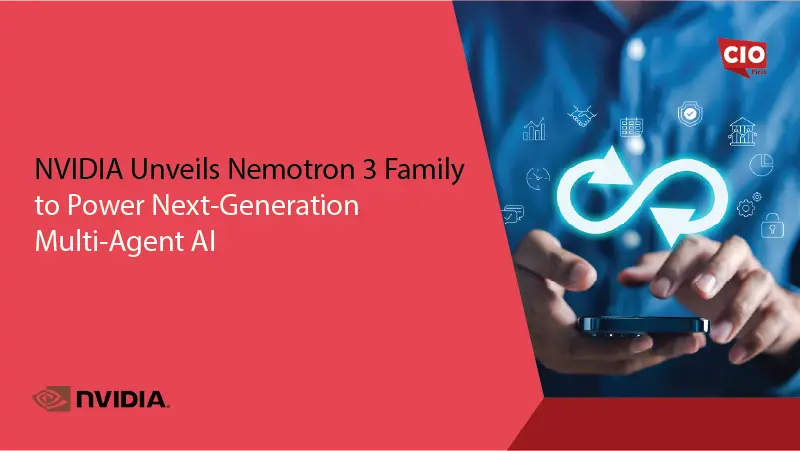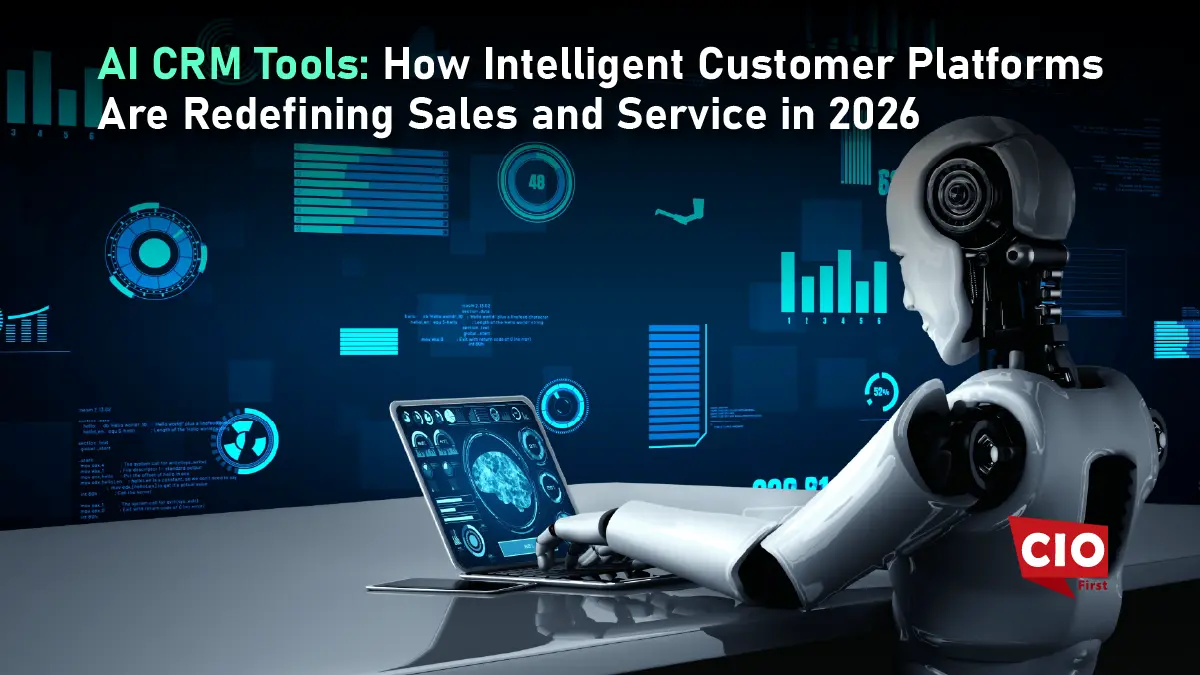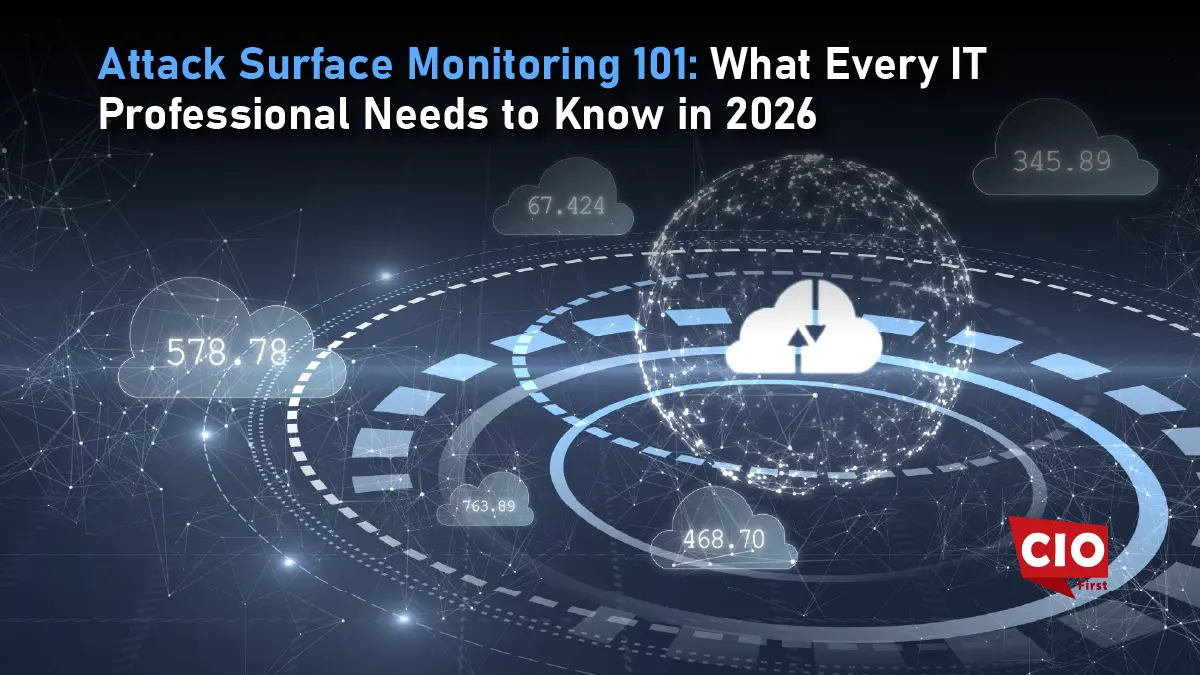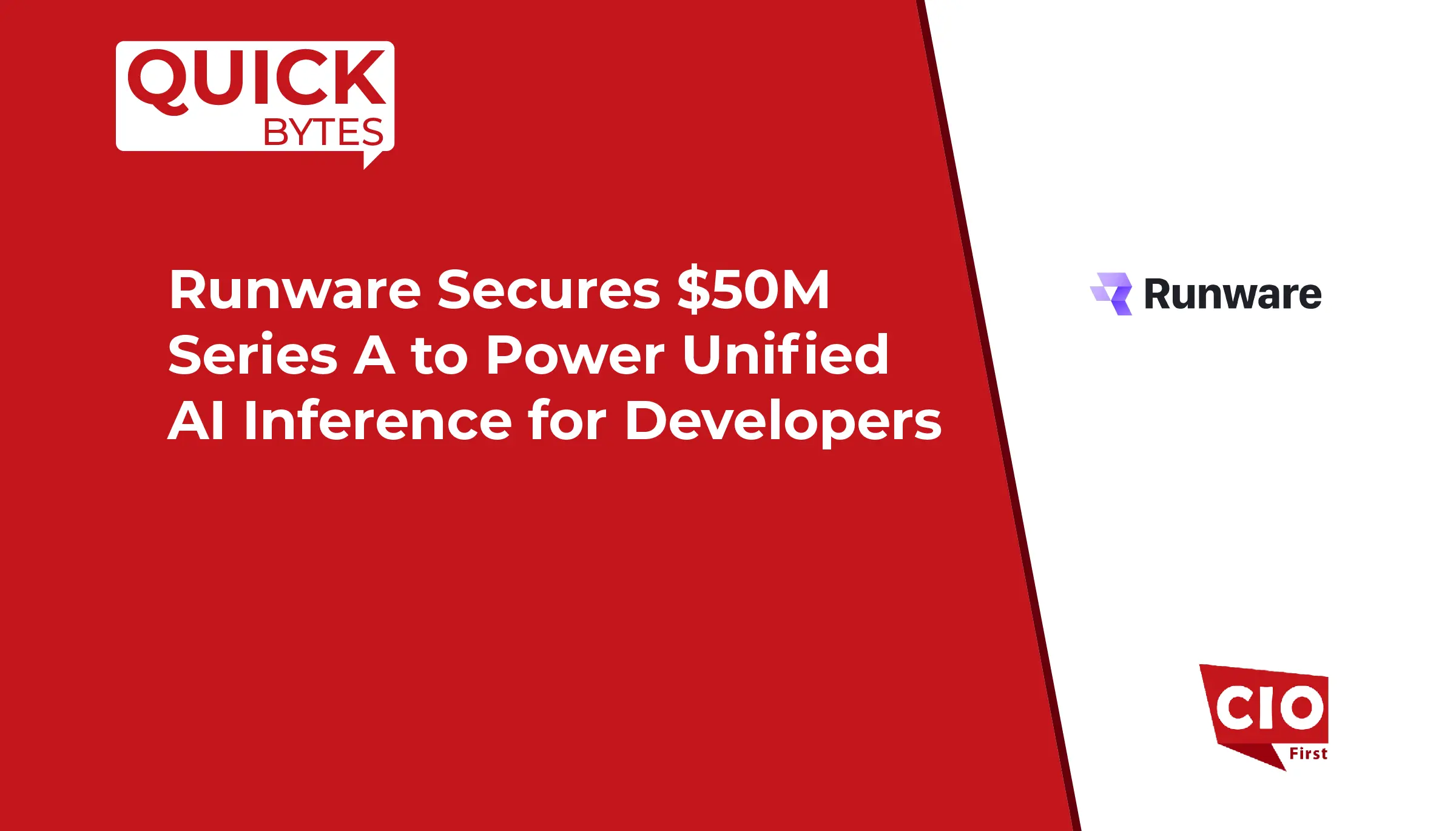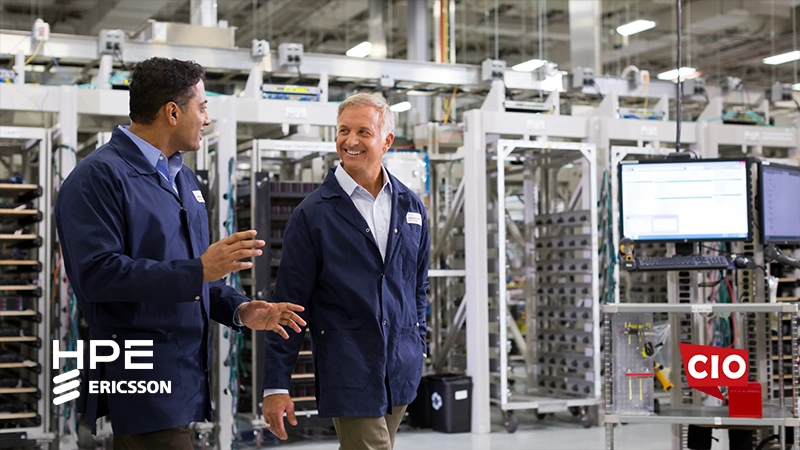Hewlett Packard Enterprise and Ericsson are teaming up to tackle major issues for telco service providers. They’ve launched a joint validation lab to help with deploying infrastructure from various vendors. This lab showcases a cloud-based 5G core solution. It’s powered by AI and aims to meet the growing need for fast and efficient networks.
Consolidated Solution for Simple 5G Deployment
The joint validation lab will test interoperability. It will ensure the validated solution meets telco requirements. The integrated stack includes Ericsson’s dual-mode 5G Core solution. It also features HPE ProLiant Compute Gen12 servers, HPE Juniper Networking fabric, and Red Hat OpenShift. The networking fabric is managed by Apstra Data Center Director. This plan aims to improve operations, drive innovation, and help telco service providers meet the needs of our connected world.
Fernando Castro Cristin, Vice President and General Manager, Telco Infrastructure Business at HPE, emphasized the significance of this collaboration: “Building on our strategic partnership with Ericsson, this initiative reflects HPE’s commitment to empowering telco service providers with innovative technology solutions to thrive in the 5G and AI-driven economy.”
Benefits for Telco Service Providers
The integrated solution under development at the lab offers several advantages for telco service providers:
Dual-Mode 5G Core: Ericsson’s dual-mode 5G Core enables support for both 5G and 4G networks, reducing complexity and operational costs for operators looking to scale efficiently and future-proof networks.
High-Performance Compute Infrastructure: HPE ProLiant Compute DL360 and DL380 Gen12 servers, powered by Intel Xeon 6 processors, deliver optimized performance for network-intensive telco Containerized Core Network Functions (CNFs) such as AMF, UPF, and SMF. The servers provide built-in protection at every layer with the HPE Integrated Lights Out (iLO) 7, the industry’s first and only security from the chip-to-cloud.
Also Read: Google Enhances Veo 3.1 and Flow: Transforming the Future of AI-Powered Filmmaking
Advanced Networking Fabric: HPE Juniper Networking features a high-performance fabric. It’s driven by QFX Series switches and Apstra Data Center Director. This technology improves operational efficiency and lowers costs. It achieves this with intent-based automation and AIOps-driven assurance.
Cloud-Native Platform: Red Hat OpenShift is the common telco platform. It helps service providers swiftly develop, deploy, and scale new services. This speeds up time to market and cuts down on traditional deployment cycles.
Operational Timeline and Future Outlook
The validation lab near Ericsson’s headquarters in Sweden should start operating by the end of 2025. It will allow customers to conduct real-world testing and provide feedback. In early 2026, we will focus on validating the integrated solution. This aims to speed up time to market and simplify lifecycle management.
Krishna Prasad Kalluri, Head of Solution and Portfolio, Ericsson Core Networks, highlighted the importance of this partnership: “As the world’s leader in 5G and core networks, Ericsson is committed to driving innovation and openness, simplifying the journey to cloud-native networks for telco service providers.”
Impact on the 5G industry and business implications
This partnership between HPE and Ericsson marks a major step in 5G core network growth. It simplifies the challenges of using multi-vendor infrastructure. They achieve this by validating a dual-mode 5G core solution. AI-enabled, cloud-native technologies enhance the scalability, performance, and efficiency of 5G networks. This allows telco service providers to offer seamless next-gen services to their customers.
For businesses operating in the 5G industry, this initiative presents several opportunities:
Accelerated Deployment: The collaborative validation lab enhances interoperability testing, shortens deployment times, and enables new services to enter the market with greater speed.
Cost Efficiency: The integrated solution cuts costs. It simplifies infrastructure management and uses AI-driven automation.
Boosted Innovation: This partnership brings fresh ideas. It provides a space to test and confirm technologies in real-life settings.
Market Distinction: Telco service providers can stand out by offering reliable and advanced 5G services to their customers.
Conclusion
HPE and Ericsson’s team-up marks a groundbreaking milestone in 5G networks. They’re overcoming major hurdles that telcos face by testing a dual-mode 5G core. This paves the way for the next generation of connectivity services. As 5G expands, partnerships like this will define the future of telecommunications.
